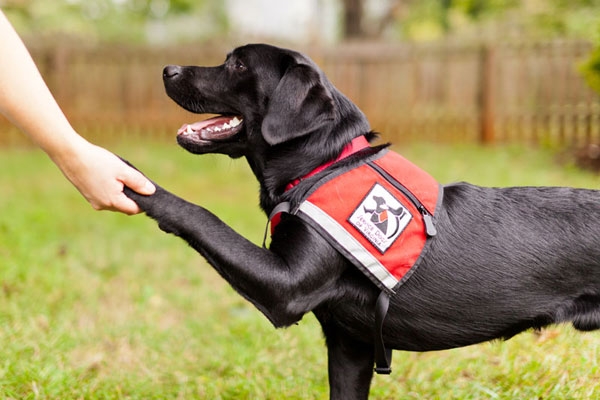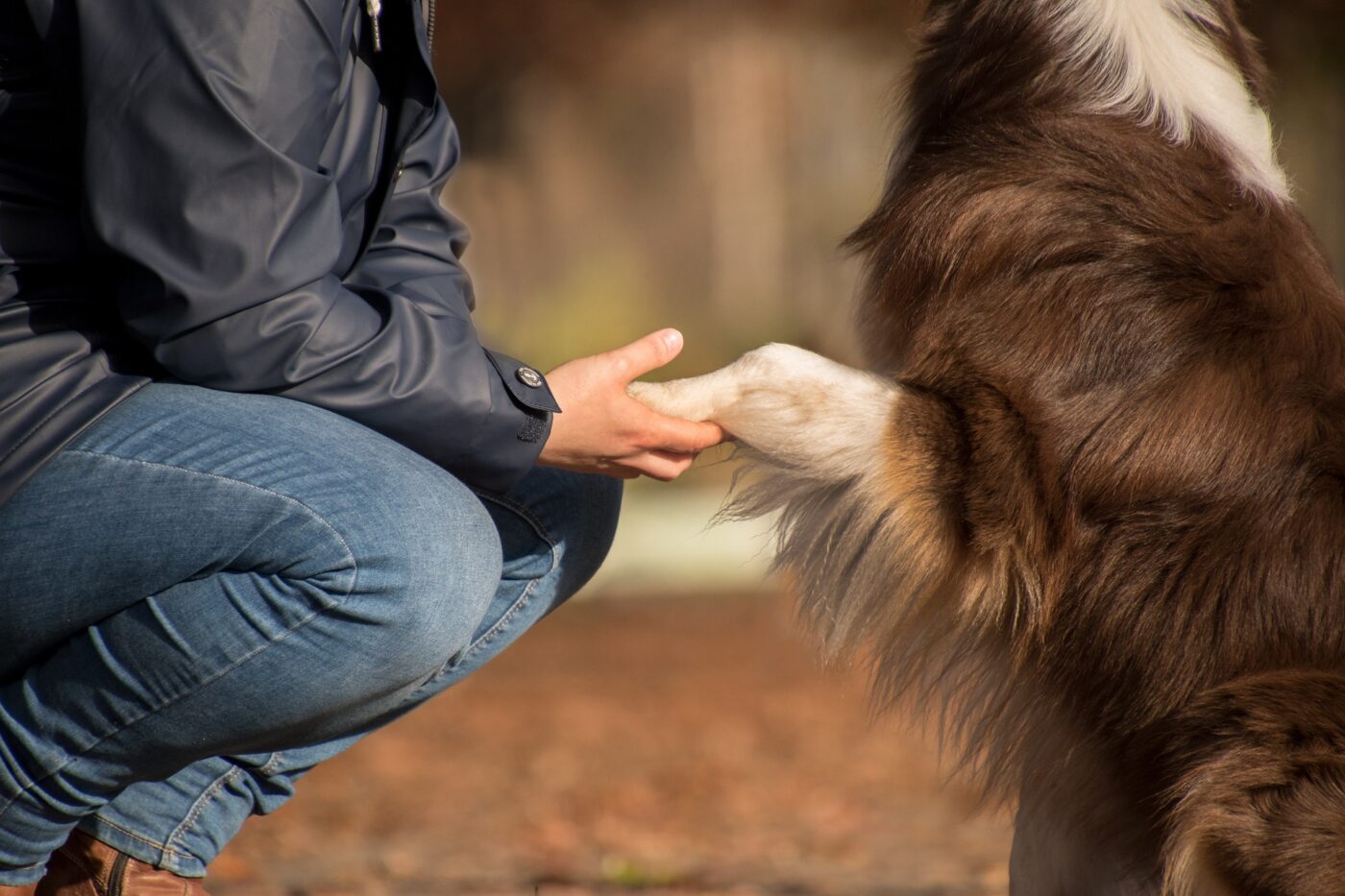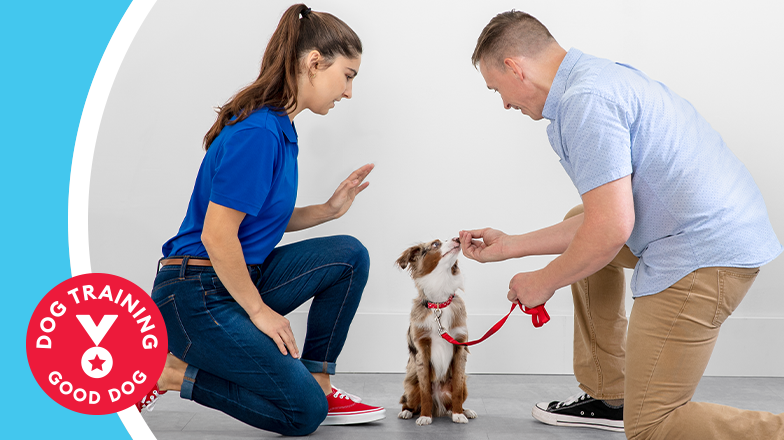Affordable and Professional Dog Training Rochester NY to Fit Your Needs
Affordable and Professional Dog Training Rochester NY to Fit Your Needs
Blog Article
Top Canine Training Techniques Every Owner Must Know
Understanding effective pet training techniques is important for any kind of family pet proprietor intending to grow an unified connection with their canine companion. Among the most famous approaches declare reinforcement, clicker training, and leash training, each offering unique benefits that add to a mannerly pet. The success of these strategies commonly pivots on the proprietor's commitment to uniformity and perseverance. As we discover these basic methods, it ends up being obvious that understanding their subtleties can considerably impact the training experience and the dog's total behavior. What are the vital aspects that will make sure these methods are carried out properly?
Favorable Reinforcement Strategies
Using positive reinforcement strategies is crucial for reliable pet training, as it cultivates a relying on bond between the trainer and the pet. This method concentrates on fulfilling preferable behaviors instead than punishing undesirable ones, creating a setting conducive to learning. Incentives can consist of deals with, praise, or play, which motivate canines to repeat the habits that earn them these benefits.
Favorable reinforcement is rooted in the principles of operant conditioning, where habits is affected by its effects. By regularly rewarding specific activities, instructors can form a pet's actions gradually. A pet dog that rests on command and gets a treat is much more most likely to duplicate that behavior in the future.
In addition, this method boosts the pet's interest for training sessions. They are extra engaged and responsive when canines connect training with favorable experiences. Past immediate behavior modification, favorable support urges a joint partnership between the pet dog and instructor, reducing stress and anxiety and anxiety.
To maximize effectiveness, it is important to supply rewards quickly, making sure the pet dog links the habits with the support. In significance, favorable support techniques not only yield better-trained dogs but also promote a harmonious partnership between pet and owner.
Clicker Training Approach
The remote control training technique is a very reliable method that builds on the principles of positive reinforcement by adding a distinctive audio to mark desired actions. This technique uses a little handheld tool that produces a clicking noise, allowing instructors to connect with their dogs in a clear and immediate fashion. When a canine executes a behavior that the owner desires to urge, the clicker is triggered, followed by an incentive, typically in the type of treats or appreciation.
The secret to successful clicker training depends on uniformity and timing. It is important to click at the exact moment the wanted habits happens, ensuring that the pet associates the sound with the activity and the subsequent incentive. This approach not only boosts interaction however likewise fosters a more powerful bond between the proprietor and the canine, as it encourages interaction and interaction throughout training sessions.
Remote control training can be related to a variety of habits and commands, from basic obedience to much more complicated techniques. Its flexibility and performance make it a preferred strategy among professional fitness instructors and pet dog proprietors alike, leading the means for a well-trained and responsive canine buddy.

Chain Training Fundamentals
Efficient leash training is essential for making certain a risk-free and delightful walking experience for both pet dogs and their proprietors. Chain training must start early and be approached with patience and consistency (Dog training). Start by selecting an appropriate chain and collar or harness. A level collar may benefit some dogs, while others might gain from a harness that reduces pulling.
Introduce your canine to the chain progressively, permitting them to explore it in a comfortable environment. Method loose-leash strolling once they are accustomed. This involves gratifying your pet dog for strolling next to you instead of drawing in advance. Use treats and appreciation to strengthen desired habits, and make sure to remain tranquil and assertive.
If your pet starts to draw, quit walking promptly. Wait up until they go back to your side prior to resuming. This shows them that drawing does not bring about advance. Furthermore, technique various strolling atmospheres to help your pet dog adapt to diversions.
Regular practice will strengthen your dog's understanding of leash etiquette. Bear in mind that leash training is a continuous process; perseverance and uniformity will produce the very best results, cultivating a favorable experience for both you and your canine companion.
Socialization Strategies
Socialization is an essential element of canine training that should ideally start during puppyhood but can be valuable at any age. Reliable socialization assists pets develop self-confidence and reduces the probability of behavior concerns. To execute successful socialization techniques, subject your canine to a selection of settings, individuals, and various other pets.

Begin with controlled settings, such as puppy courses or arranged playgroups, where young canines can interact securely. Gradually present your pet to new experiences, including different noises, surfaces, and tasks. Make certain these encounters are gratifying and favorable to develop a sense of safety.
For adult pet dogs or those doing not have exposure, begin with low-stress scenarios. Short, positive interactions with tranquil pet dogs and pleasant human beings can develop positive associations - Dog training. Make use of deals with and appreciation to reinforce preferable habits during these experiences
Checking your canine's body movement is necessary; indicators of concern or hostility need to be resolved right away, either by getting rid of the pet dog from the circumstance or rerouting its focus. Consistently subjecting your pet to diverse stimuli will promote versatility, making it an all-round companion capable of prospering in various setups.
Consistency and Persistence
Acknowledging the significance of consistency and patience in pet training is essential for achieving long lasting outcomes. Educating a look at these guys pet dog is a gradual procedure that requires an organized strategy and unwavering dedication from the owner. Each command or behavior should be enhanced constantly to assist the pet dog recognize what is expected of them. Inconsistent training can lead to complication, making it challenging for the canine to comprehend commands or actions, eventually hindering progress.
Moreover, persistence is a critical component of reliable training. Pet dogs, like human beings, find out at their own speed. Some may understand ideas quickly, while others could take longer. It is essential for proprietors to continue to be calm and encouraging, strengthening favorable habits without turning to aggravation or penalty. This cultivates a relying on partnership in between the pet dog and proprietor, encouraging a much more willing and enthusiastic student.
To cultivate uniformity and patience, develop a routine training regular, use the exact same commands, and ensure that all relative use the exact same training concepts - Dog training. By doing so, you develop a steady atmosphere for discovering, permitting your canine to establish and flourish right into a well-behaved buddy

Final Thought
In verdict, effective dog training strategies, such as positive support, remote control training, and proper chain training, are essential for promoting a healthy owner-dog connection. Additionally, executing socialization approaches and maintaining uniformity and persistence throughout the training process contributes considerably to a pet dog's general wellness. By integrating these techniques, pet proprietors can facilitate the advancement of well-adjusted, obedient pet dogs, inevitably enhancing the lifestyle for both the pet dog and the owner.
Among the most famous approaches are favorable reinforcement, remote control training, and chain training, each offering unique advantages that contribute to a well-behaved dog. As we check out these essential methods, it comes to be obvious that understanding their subtleties can considerably affect the training experience and the pet's overall habits.Making use of positive reinforcement techniques is crucial for effective pet training, as it promotes a trusting bond in between the pet dog and the instructor.In conclusion, reliable pet dog training strategies, such as positive reinforcement, remote control training, and correct leash training, are essential for cultivating a healthy owner-dog connection. By incorporating these techniques, canine Check This Out proprietors can promote the growth of well-adjusted, obedient animals, eventually improving the high quality of life for both the pet dog and the owner.
Report this page